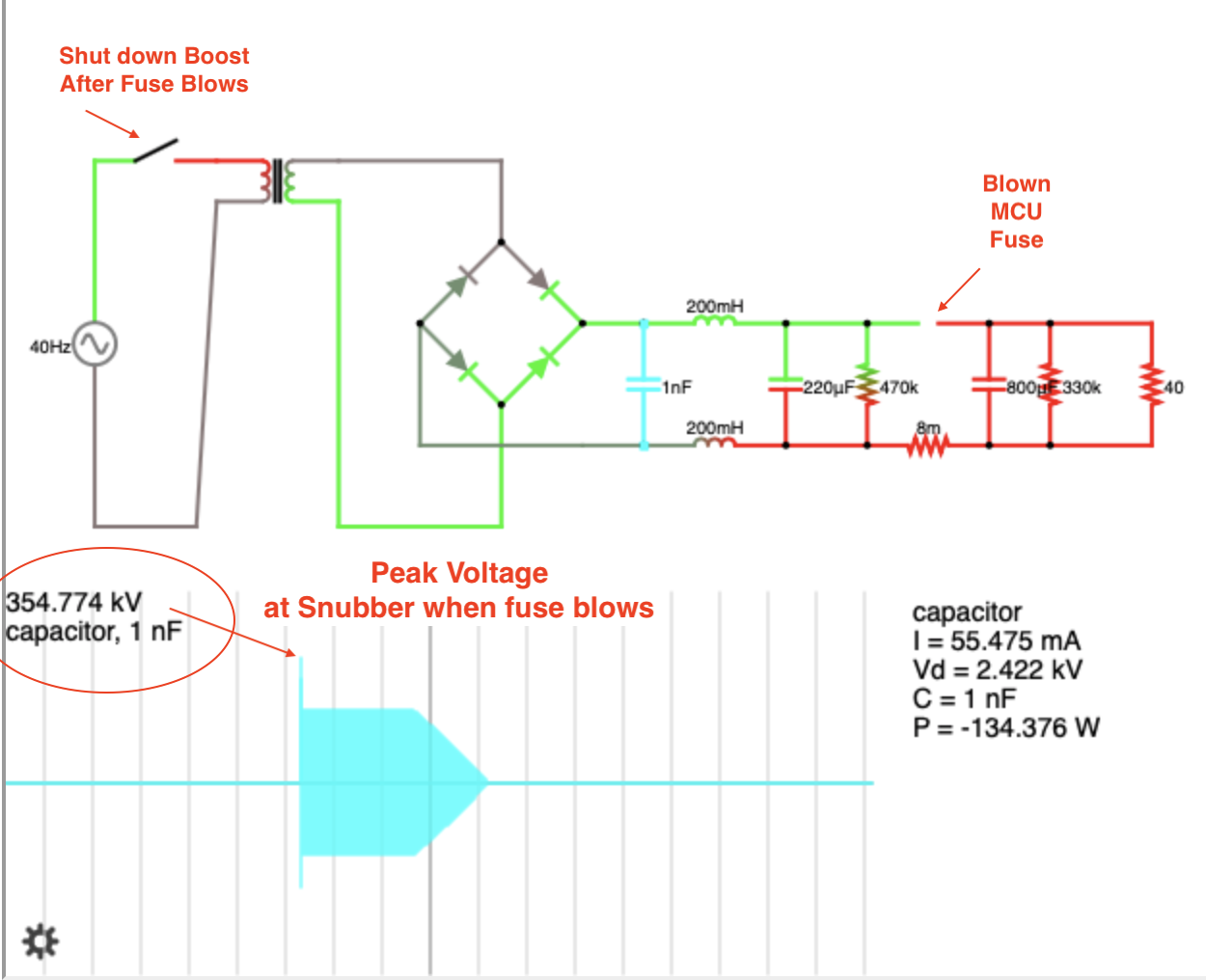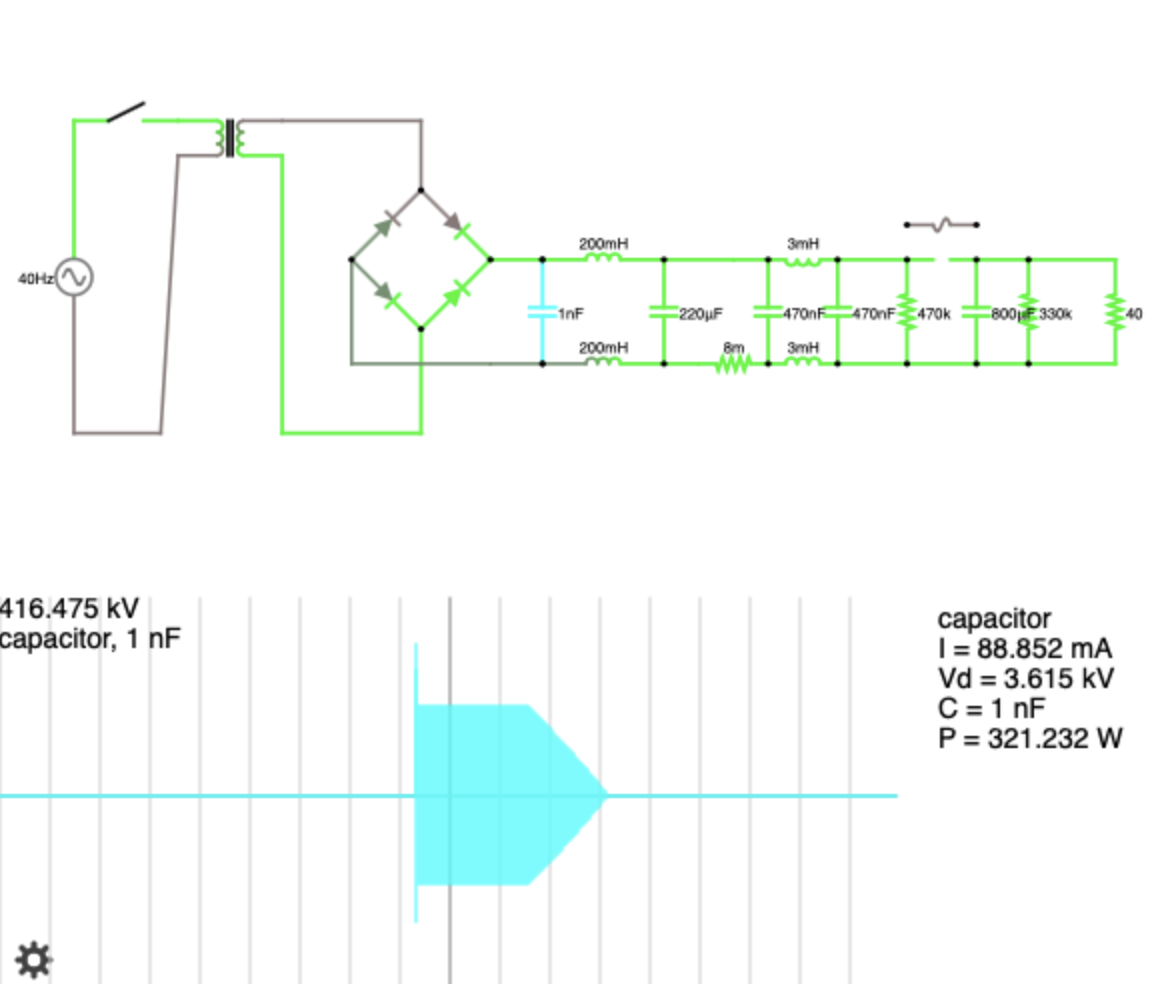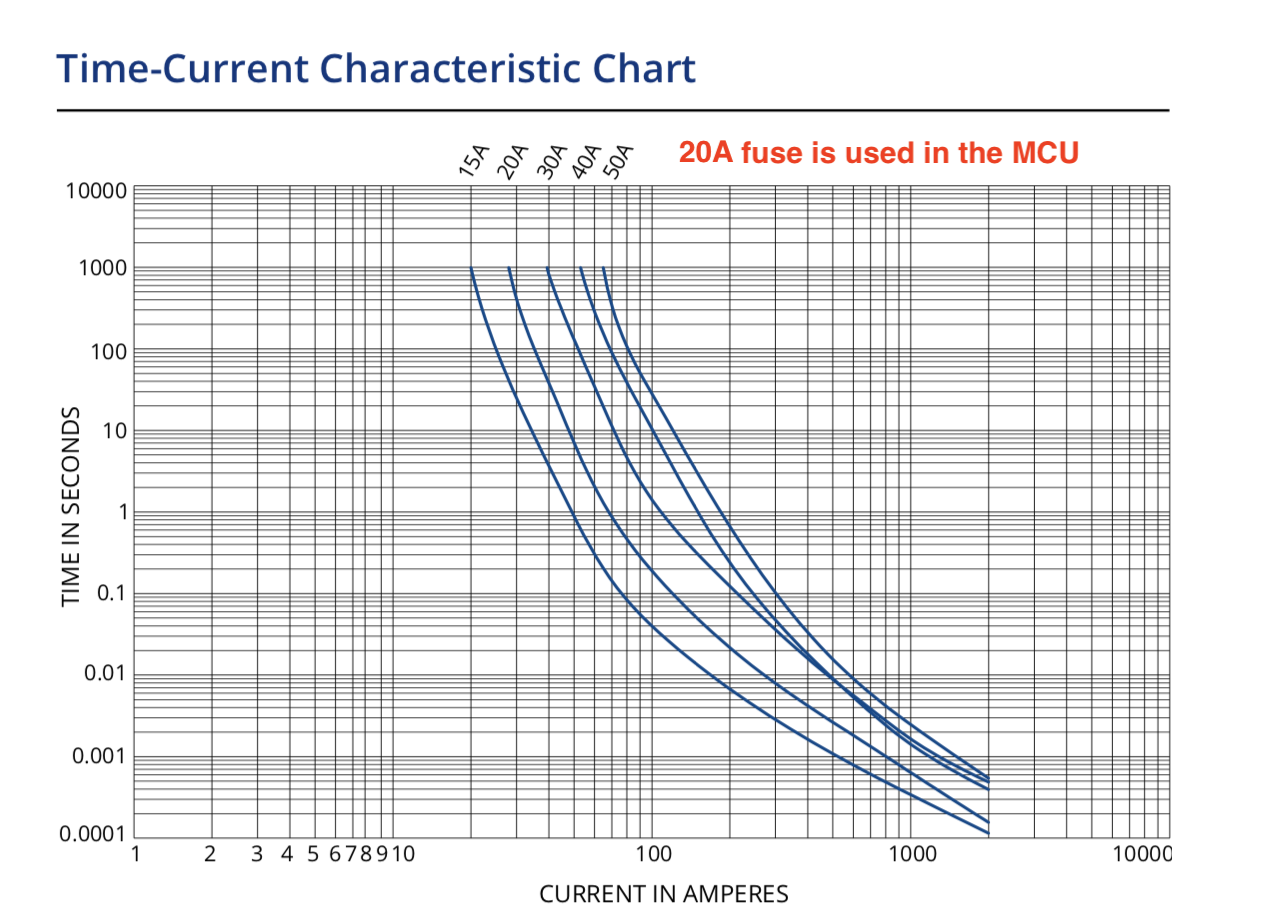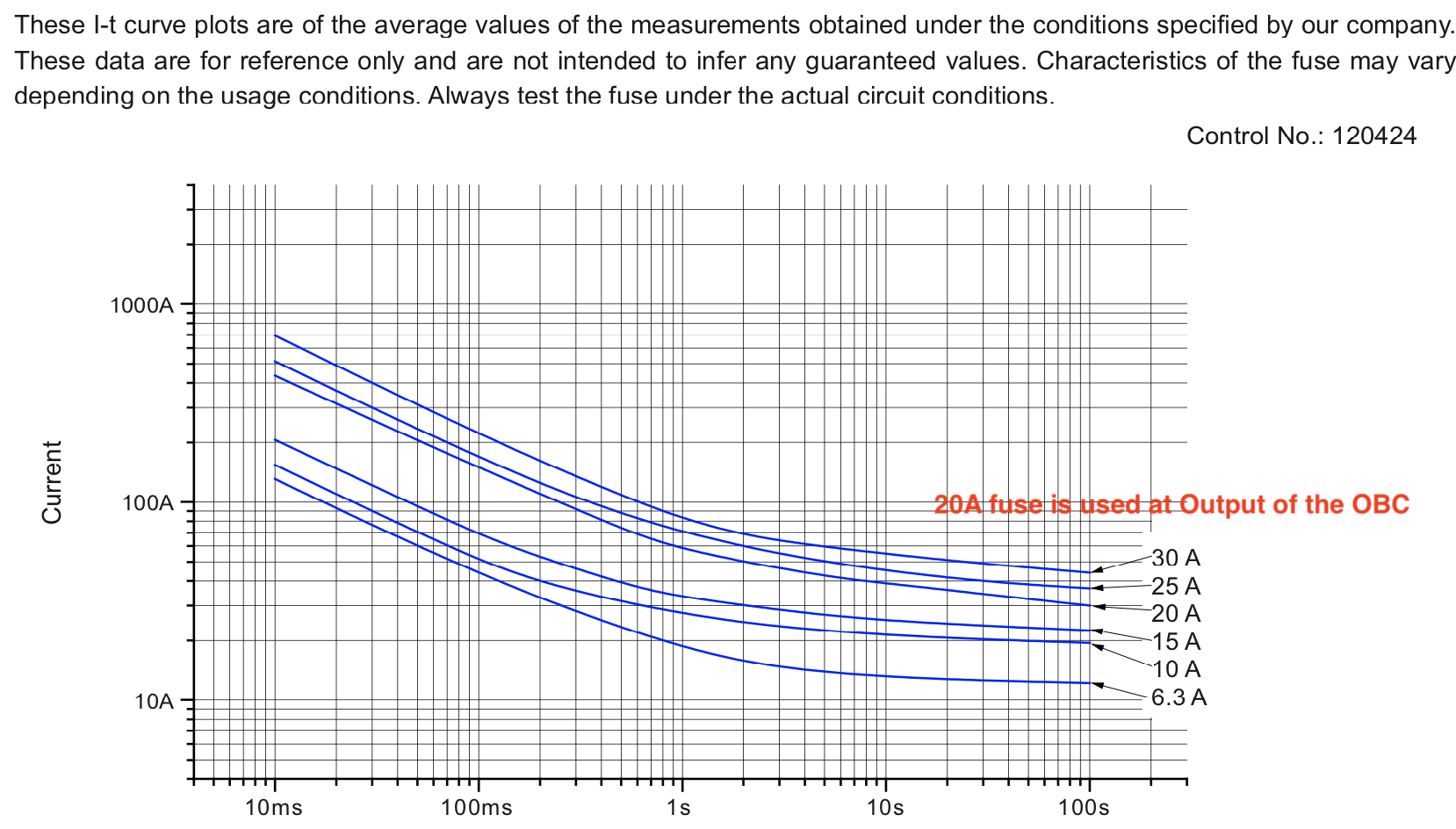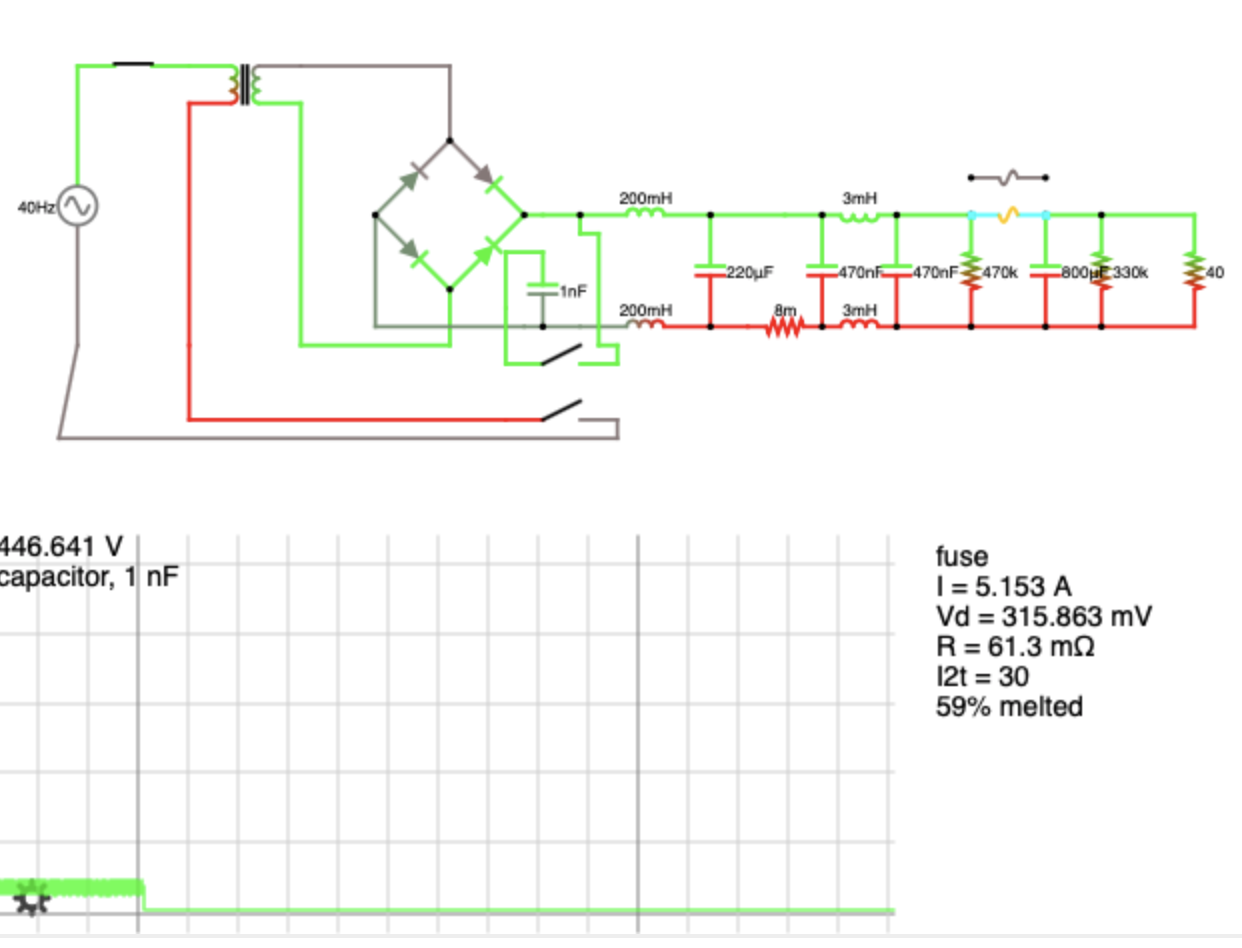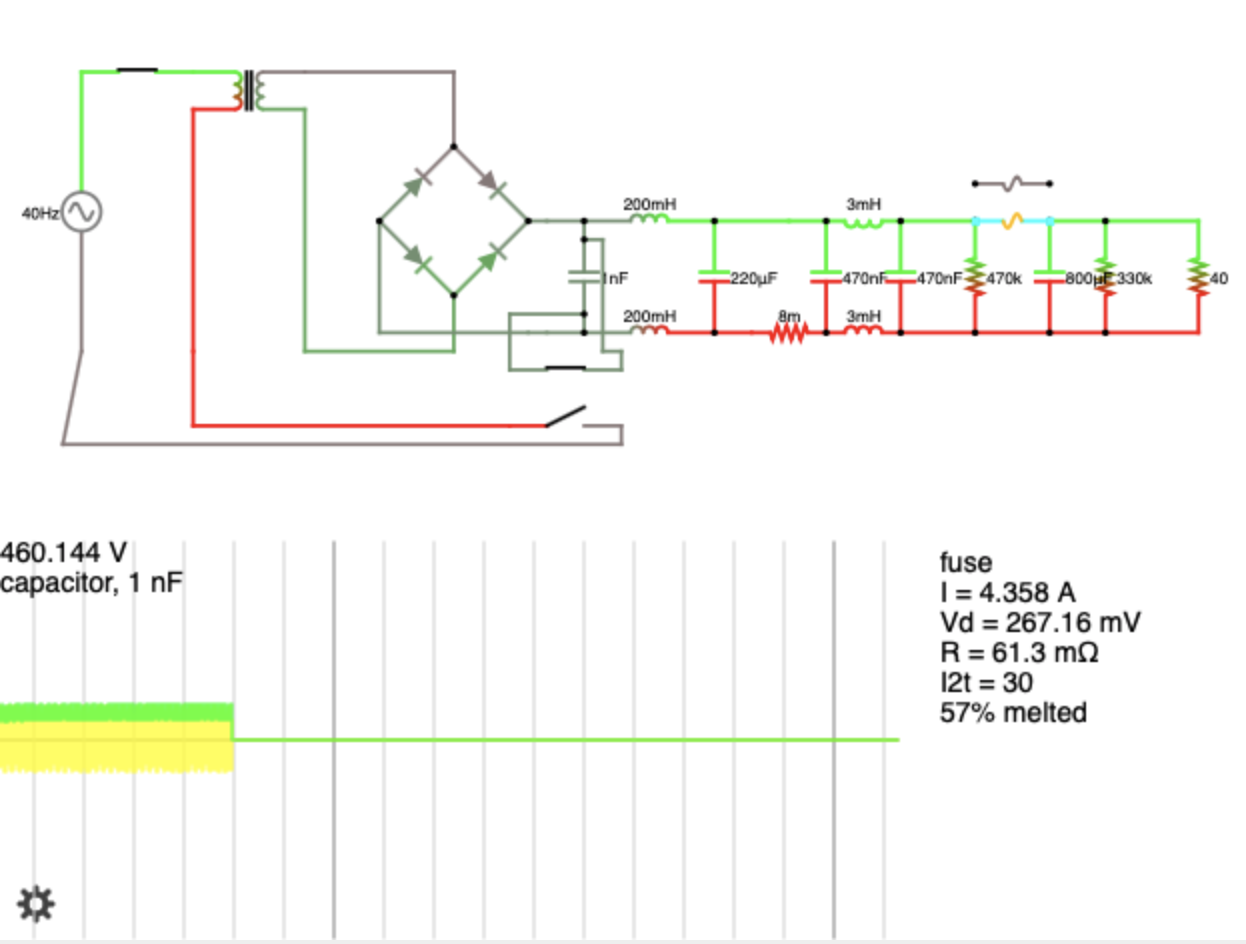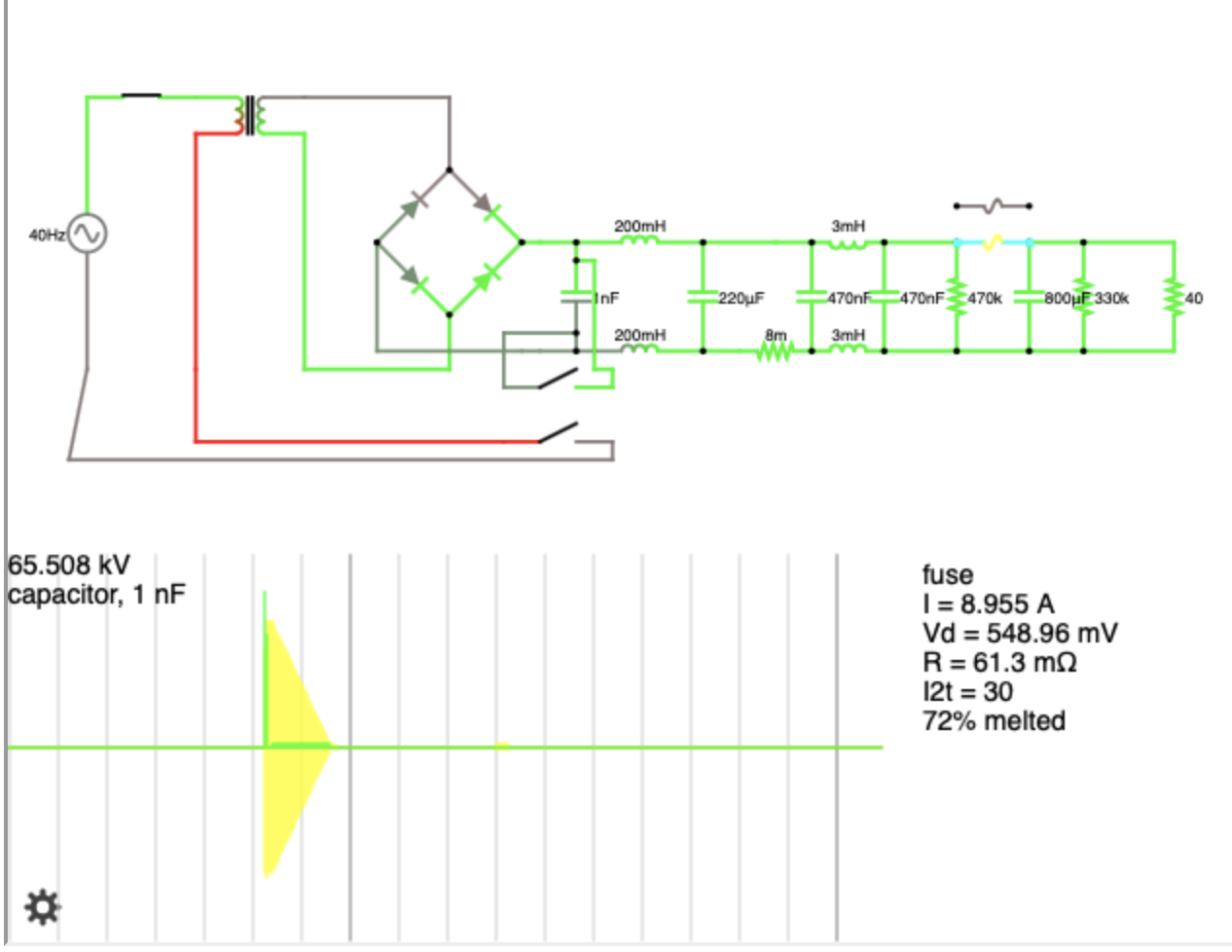i was hoping to obtain several for comparison, e.g. 20,30,40A rated, in the ZXISO style, but only have an OEM PEC 20 and a Littlefuse 30 at this point due to lack of stock in the US distributors.
On the PEC drawing there is a call-out for item 7, a small dot or blob of a tin alloy (solder?), which can be seen below. It is also seen on the Littlefuse version and in the vapor trail of the blown fuse, so this must be some secret sauce for making fuses.
Maybe it adds some thermal mass to extend or delay the breaking current, or it adds a concentrated mass point to control where the fusing will start (like a score line on a piece of glass to control where it will break when stressed), or ...?
Top view, L to R: 30A, 0.075" wide reference, new 20A, blown 20A
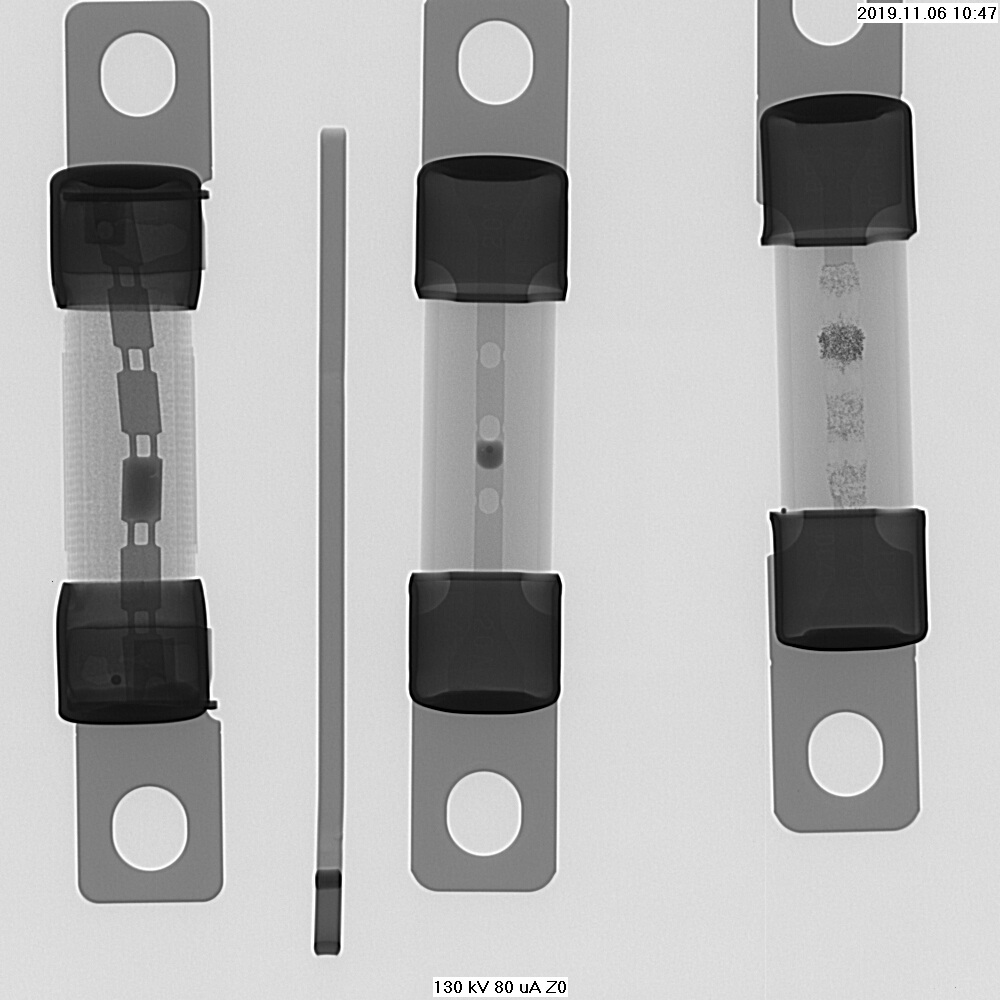
Side view, same order as above except reference is 0.036" width
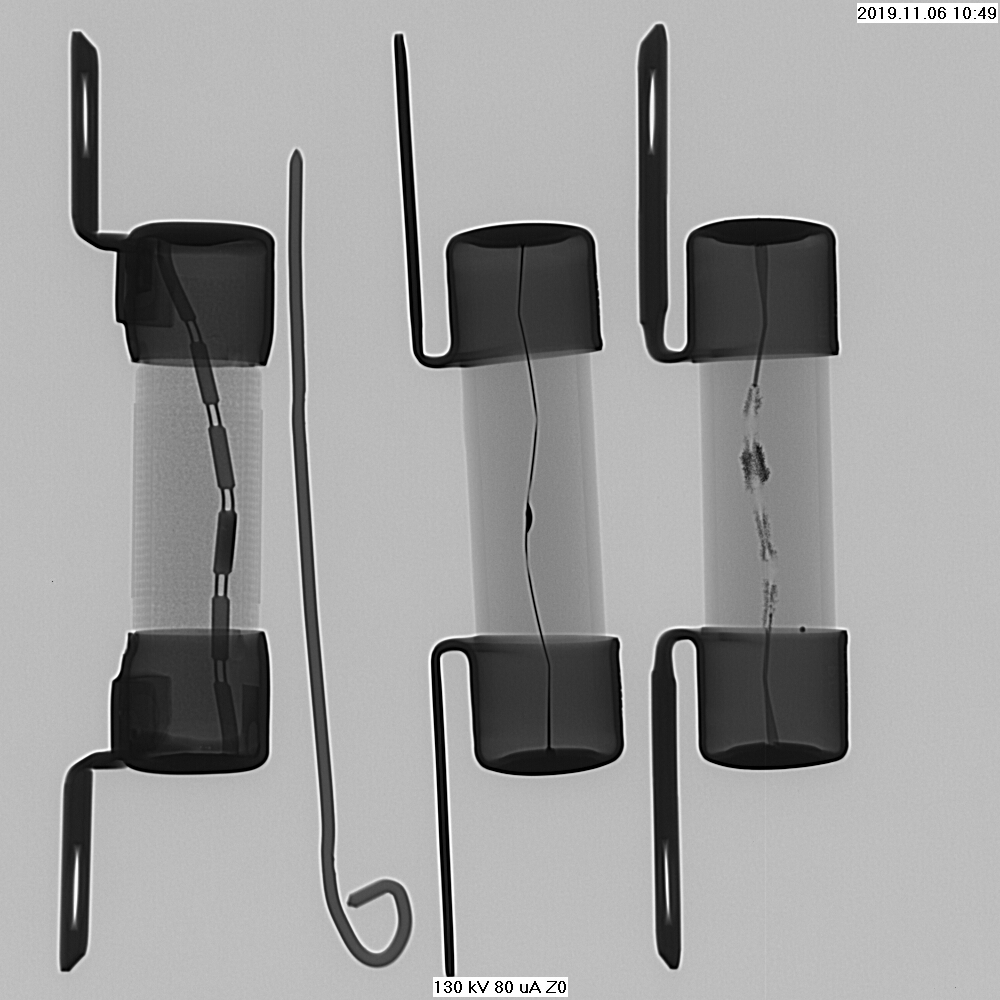
rotation to get good side view of 30A fuse element
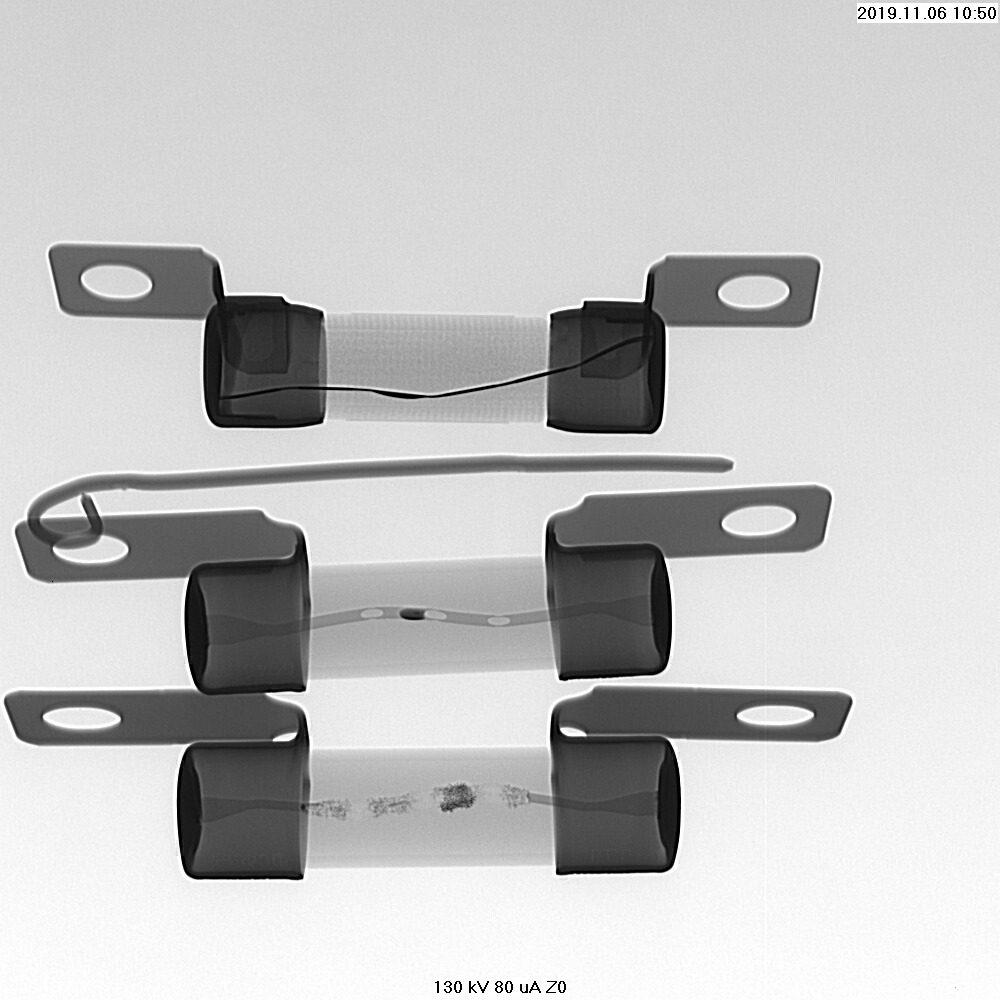
On the PEC drawing there is a call-out for item 7, a small dot or blob of a tin alloy (solder?), which can be seen below. It is also seen on the Littlefuse version and in the vapor trail of the blown fuse, so this must be some secret sauce for making fuses.
Maybe it adds some thermal mass to extend or delay the breaking current, or it adds a concentrated mass point to control where the fusing will start (like a score line on a piece of glass to control where it will break when stressed), or ...?
Top view, L to R: 30A, 0.075" wide reference, new 20A, blown 20A

Side view, same order as above except reference is 0.036" width

rotation to get good side view of 30A fuse element






